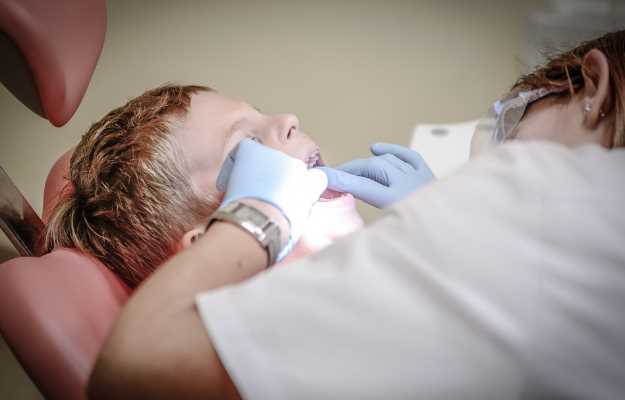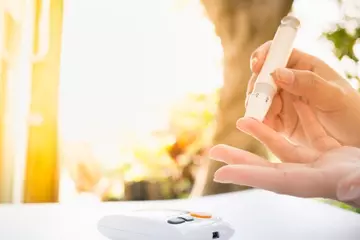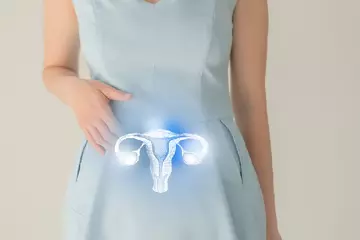What is dentin dysplasia type II?
Dentin dysplasia is a genetic disorder, which affects the dentin of the tooth.
Dysplasia means abnormal development, so children affected with dentin dysplasia type II have abnormal dentin formation. Deciduous or primary teeth are commonly affected. It is also known as coronal dysplasia since dentin forms the major bulk in the crown of the tooth. Only the teeth are affected in dentin dysplasia type II. Moreover, permanent dentition is rarely or mildly affected. It is equally prevalent in both men and women.
What are its main signs and symptoms?
Dentin dysplasia type II is characterised by abnormal formation of dentin in the primary dentition, mostly showing normal root but reduced pulp chamber in the crown. The crown is bulbous in appearance. Discoloured teeth and reduced pulp chamber of the teeth are the key symptoms. Discolouration is typically brownish-blue, brown or yellow.
Most times, permanent teeth remain unaffected. But when permanent dentition is involved, it shows normal appearance in terms of colour, shape and size of the tooth. The symptoms of dentin dysplasia type II are quite similar to those of dentinogenesis imperfecta types I, II and III and dentin dysplasia type I.
What are its main causes?
Dentin dysplasia type II is an autosomal dominant condition caused by the mutation in the dentin sialophosphoprotein (DSPP) gene. The gene is transferred to the child by the affected mother in 50% of cases, irrespective of the sex of the child.
How is it diagnosed and treated?
Dentin dysplasia type II is diagnosed by doing a thorough clinical examination. Your dentist will take a detailed history and correlate it with your symptoms. X-rays done may show pulp stones, an obliterated pulp chamber, abnormal coronal pulp formation or thistle-shaped deformity of the pulp chamber.
The treatment varies depending upon the extent of the deformity. Root canal treatment is not performed for those teeth showing resorbed roots and obliterated pulp. Sometimes, orthodontic treatment is needed to align teeth properly. The other option is to extract all teeth and replace with dentures or implant prosthesis. The duration of the treatment varies depending upon the extent of the defect in the teeth.
(Read more: Dental caries treatment)
















